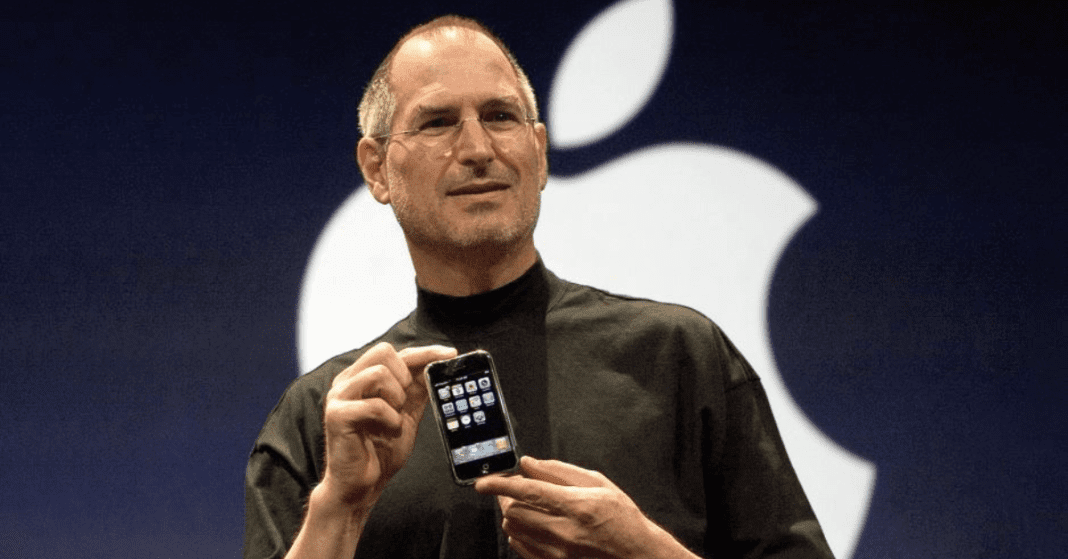Early Life and Childhood
Born on February 24, 1955, in San Francisco, California, Steve Jobs spent his early years in a middle-class neighborhood with his adoptive parents, Paul and Clara Jobs. His biological parents were Joanne Schieble and Abdulfattah Jandali, who gave him up for adoption shortly after his birth. Growing up, Jobs showed an early interest in electronics and technology, often tinkering with gadgets and taking apart household appliances to understand how they worked.
Jobs attended Homestead High School in Cupertino, where he was described as a bright but rebellious student. Despite his challenging behavior, he excelled academically and developed a passion for computers. In his teens, he landed a summer job at Hewlett-Packard, where he met Steve Wozniak, with whom he would later co-found Apple Inc. This early exposure to the tech industry would shape Jobs’ future ambitions and set him on the path to becoming one of the most influential figures in the world of technology.
Education and Dropout from College
After graduating from high school, he enrolled in college but soon realized that his passion lied elsewhere. He struggled with traditional academic subjects and found himself drawn to more practical hands-on projects. This led him to drop out of college after just one semester, much to the dismay of his parents.
Despite leaving formal education behind, he continued to audit classes that interested him, such as calligraphy, which later influenced the design aesthetic of his products. He often cited this time as a valuable period of exploration and self-discovery, shaping his unconventional approach to technology and business. Ultimately, his decision to drop out of college would prove to be a pivotal moment in his life, setting him on a path that would lead to founding one of the most influential companies in the world.
Founding Apple Inc.
Apple Inc. was conceptualized in a humble garage in 1976 by Steve Jobs and Steve Wozniak. The duo shared a passion for technology and a vision to create user-friendly computer products. Combining their skills, Jobs focused on the business side while Wozniak delved into the technical aspects, leading to the birth of Apple’s first product, the Apple I.
Driven by innovation and a commitment to excellence, Apple Inc. quickly gained traction in the tech industry with the release of the Apple II in 1977. This groundbreaking computer offered color graphics and an open architecture, setting a new standard for personal computing. The success of the Apple II solidified Jobs and Wozniak’s place as key players in the burgeoning tech world and laid the foundation for Apple’s future innovations.
Successes and Failures at Apple
Apple Inc. experienced remarkable successes during its journey, with groundbreaking innovations such as the iPod, iPhone, and iPad revolutionizing the tech industry. The launch of these iconic products not only solidified Apple’s position as a leader in the market but also transformed how people interacted with technology on a daily basis. These milestones were a testament to the company’s relentless pursuit of excellence and commitment to pushing boundaries in design and functionality.
However, not all endeavors at Apple yielded the same level of success. The company faced its fair share of setbacks, including the underperformance of products like the Apple Newton and the discontinuation of the Macintosh TV. These failures served as valuable learning experiences for Apple, prompting the company to reevaluate its strategies and refocus its efforts on projects that aligned more closely with consumer preferences. Despite these challenges, Apple’s ability to bounce back from adversity and adapt to changing market demands underlines its resilience and ability to thrive in a highly competitive industry.
Departure from Apple and Next Ventures
After leaving Apple in 1985, Steve Jobs ventured into the world of animation by founding Pixar Animation Studios. Under his guidance, Pixar produced groundbreaking films like “Toy Story” and “Finding Nemo,” revolutionizing the animation industry. Jobs’ vision and leadership played a pivotal role in Pixar’s success, eventually leading to its acquisition by Disney in 2006.
In 1996, Steve Jobs returned to Apple when the company acquired his startup, NeXT. His return marked a pivotal moment in Apple’s history, as he played a key role in the development and launch of iconic products like the iMac, iPod, iPhone, and iPad. Jobs’ commitment to innovation and design excellence reshaped the tech industry, solidifying Apple’s position as a leading global brand.





